Bulk Taranjabin Persian Manna for Wholesalers
ACPFOOD is a trusted supplier of bulk taranjabin Persian manna, offering premium quality products for wholesalers, distributors, and importers worldwide. Our carefully collected taranjabin preserves its natural sweetness and beneficial properties, making it ideal for the pharmaceutical, food, and herbal medicine industries. Available in customizable packaging and ready for export, our taranjebin meets international standards for bulk supply and B2B delivery.
GENERAL DATA
Plant parts: Manna
Cultivation mode: Wild collection
In manufacturing: Pharmaceutical, extract
In food: Sugar, tea, beverages
🍯 Industries That Use Manna of Hedysarum (Taranjabin)
Derived from the Alhagi pseudalhagi (also known as camelthorn or Persian manna plant)
Taranjabin is a natural exudate historically prized in Persian medicine and traditional systems across the Middle East and Central Asia. It’s a unique, mildly sweet substance that forms on the branches of Alhagi pseudalhagi, either naturally or via insect-induced secretion.
🌿 What Is Manna of Hedysarum?
Taranjabin is a light yellow to brownish, crystalline or sticky gum-like manna, composed primarily of mannitol, glucose, and fructose, with small amounts of mucilage and organic acids. It has mild laxative and cooling properties, and is often used in detox, pediatric, and febrile care.
Collected traditionally in early mornings, Taranjabin is a botanical manna similar in concept to Gum Tragacanth, but with more nutritional and medicinal emphasis in Eastern traditions.
1. Pharmaceutical & Traditional Medicine Industry
Taranjabin is primarily used in natural medicinal systems including Unani, Persian, and Ayurvedic medicine. It’s revered for its detoxifying, antipyretic, and mild laxative properties.
Applications:
-
Gentle laxatives for infants, children, and the elderly
-
Fever-reducing tonics and syrups
-
Liver and bile-supportive formulas
-
Detox and spring cleansing protocols
✅ Recognized as a traditional botanical drug in Iran and Central Asia
✅ Safe for children and pregnant women when appropriately dosed
2. Nutraceutical & Functional Health Products
As a natural prebiotic, Taranjabin contains indigestible sugars that support gut health, making it a potential ingredient in modern gut microbiome and detox formulations.
Applications:
-
Gut-health powder blends and cleansing drinks
-
Prebiotic tonics and herbal teas
-
Liver cleanse and body purification formulas
-
Functional sugar substitute in health foods
✅ Contains natural sugar alcohols (e.g., mannitol) with prebiotic benefits
✅ Embraced in modern holistic wellness communities
3. Food & Beverage Industry
Though not widely used in mass-market food, Taranjabin is valued in traditional Persian and Central Asian beverages and health tonics for its mild sweetness and cooling properties.
Applications:
-
Taranjabin syrups blended with Chicory or Jujube for children’s drinks
-
Sweetener in herbal infusions and seasonal beverages
-
Functional “spring tonics” and warm-weather refreshments
✅ Functions as a natural, low-glycemic sweetener
✅ Popular in traditional Ramadan and Nowruz refreshments
4. Pediatric Nutrition & Baby Care
Taranjabin holds a special place in pediatric medicine in Iranian and Unani traditions. It is frequently used as a gentle laxative and fever reliever for children.
Applications:
-
Formulated with Cichorium (Kasni) or Jujube in baby syrups
-
Natural remedy for infantile constipation or bilious fevers
-
Pediatric detox and general calming syrups
✅ Non-allergenic and culturally accepted for pediatric use
✅ Often blended with other botanicals like Cichorium intybus or Ziziphus jujuba
✅ Used in traditional hammam products in localized regions
✅ Could align with clean beauty and traditional wellness lines
6. Ethnic, Herbal & Export Markets
Taranjabin is primarily exported from Iran and Central Asia, serving niche markets in Middle Eastern, Indian, and Turkic herbal medicine traditions.
Export Forms:
-
Dried crystalline manna
-
Powdered extract
-
Taranjabin concentrate or syrup blends
✅ In demand in markets focused on traditional and prophetic medicine
✅ Often purchased alongside Jujube, Chicory, and other cleansing herbs
7. Academic & Botanical Research
Taranjabin has gained attention in pharmacognosy and functional sugar research, particularly for its mannitol content, mild laxative activity, and ethnobotanical significance.
Research Topics:
-
Mannitol and prebiotic sugar analysis
-
Traditional detoxifying roles in Persian medicine
-
Pediatric applications and safety studies
-
Bioactivity and phytochemical profiling
✅ Mentioned in traditional materia medica and modern phytotherapy research
✅ Potential role in future gut health and liver support supplements
✅ Summary of Key Applications
| Industry | Common Uses |
|---|---|
| Pharmaceutical & Traditional | Laxative syrups, antipyretic tonics, detox drinks |
| Nutraceutical & Health | Prebiotic powders, cleansing blends, liver support |
| Food & Beverage | Herbal syrups, seasonal detox drinks, sugar substitute |
| Pediatric Nutrition | Baby laxatives, anti-fever tonics, traditional syrups |
| Cosmetic & Personal Care | Detox face masks, humectant creams (niche use) |
| Ethnic & Export | Dried manna, syrups, traditional Persian herbal products |
| Academic Research | Mannitol studies, detox properties, pediatric applications |
🌟 Key Features
-
Naturally exuded manna with mild sweetness and cooling effects
-
Rich in mannitol, glucose, and fructose
-
Traditionally used in infant care, liver detox, and fever treatment
-
Culturally valued in Persian, Unani, and Turkic medicine systems
-
Exported mainly from Iran in powder, crystal, or syrup form
-
Safe, gentle, and suitable for functional and traditional use markets
🌿 Comparison: Traditional Persian Mannas
| Feature / Aspect | 🍯 Taranjabin(Manna of Hedysarum alhagi) | 🌿 Gaz of Khunsar(Persian Manna from Astragalus brachycalyx) | 🌾 Trehala Manna(from Echinops pungens) | 💧 Purgative Manna(Shir Khesht from Atraphaxis spinosa, A. billardieri, etc.) |
|---|---|---|---|---|
| Origin Plant | Hedysarum alhagi (also known as Alhagi pseudalhagi) | Astragalus brachycalyx (endemic to Iran) | Echinops pungens Trautv. (spiny globe thistle) | Atraphaxis spp. (shrubby plants from dry regions) |
| Type of Manna | Exudate caused by insect activity (scale insects) | Natural exudate crystallized on stems/shrubs | Insect-induced secretion on thistle heads | Natural exudate formed in early morning |
| Color & Appearance | White to pale brown, sticky-sugar-like threads or droplets | White to pale golden, fluffy clumps or cottony mass | Irregular yellow-brown lumps; harder than others | Transparent to yellowish, brittle, crystalline mass |
| Taste | Mildly sweet, slightly cooling | Mildly sweet and aromatic, very palatable | Less sweet, earthy-medicinal taste | Bitter-sweet, mild laxative aftertaste |
| Traditional Use | Mild laxative, infant constipation, cooling agent, detoxifying | Natural sweetener, energizer, mild expectorant, tonic for elderly | Purgative, stimulant, often used in traditional “tonic” compounds | Stronger purgative, cooling, used for constipation & detox |
| Form in Market | Sticky strands, soft granules, often mixed with herbal blends | Fluffy balls, pressed slabs, or powder | Dried lumps or ground into powder | Powder, crystals, or added to syrup formulations |
| Key Constituents | Mannitol, sugars, mucilage, trace alkaloids | Polysaccharides, mannitol, mucilage, minerals | Sugars, bitter resins, terpenoids | Mannitol, laxative glycosides |
| Medicinal Action | Mild laxative, demulcent, cooling & anti-inflammatory | Tonic, gentle laxative, antioxidant, appetite stimulant | Mildly stimulating, gut cleanser | Stronger purgative, liver detox support |
| Cultural Use | Used in Persian folk medicine & pediatric remedies | Used in Persian sweets (e.g., “Gaz”), herbal tonics | Less culinary use, mainly medicinal | Used as a base for detox decoctions |
| Harvesting Season | Summer (when insect activity is high) | Mid to late summer (dry season exudate collection) | Collected when insects are active (late spring to summer) | Late summer, during arid climate phase |
| Rarity & Price | Moderate rarity, widely known in Iran | Highly valued & regional (Khunsar & Isfahan), relatively expensive | Less common, niche traditional use | Rare and limited in modern herbal markets |
🧪 Summary of Use by Industry:
| Industry | Taranjabin | Gaz of Khunsar | Trehala Manna | Purgative Manna |
|---|---|---|---|---|
| Pharmaceutical & Herbal | Mild laxative, detox for children | General tonic, adaptogen | Digestive cleanser | Strong laxative, hepatic support |
| Confectionery & Food | Rarely used directly | Key ingredient in traditional Gaz candy | Rarely culinary | Not used in food |
| Traditional Medicine | Pediatric and cooling decoctions | Appetite, respiratory and energy tonics | Used in compound formulas | Purging and cleansing protocols |
| Export / Ethnobotanical | Yes, in bulk or powder form | Yes, as prized regional product | Limited market | Very niche demand |
🌟 Key Highlights:
-
✅ Taranjabin is cooling and gentle, suitable for children and detox.
-
✅ Gaz of Khunsar is sweet, edible, and tonic, highly prized in Persian medicine and confectionery.
-
✅ Trehala Manna is less sweet, bitter, used mostly for cleansing and digestive formulas.
-
✅ Purgative Manna (Shir Khesht) is intensely purgative, primarily used in hepatobiliary support.
PRODUCT NAME IN DIFFERENT LANGUAGES
Persian Name: ترنجبین/ Taranjabin
German Name (Deutschland, Austria, Switzerland): Manna
French Name (France, Belgium, Switzerland, Quebec): Manne
HARVEST CALENDAR
Feb
Mar
Apr
May
Jun
Jul
Aug
Sep
Oct
Nov
Dec
To order Manna of Hedysarum, please contact us.
To order Taranjabin, please contact us.
4. Dissolve 30 grams of it in a glass of fresh milk every day and drink it. Constantly drinking it stimulates sexual power.
5. Pulverize Manna of Hedysarum and eat it with butter. It is effective for Urinary incontinence.
6. Mix it with Cumin seed and brew it, then remove Cumin using a mesh strainer and drink it. Treats gastrointestinal sounds accompanied by a mild fever.
Side Effects of Caspian Manna
It is harmful for the spleen and warm fevers and for hot-temperament people, people who have smallpox-like pimples on the body which associated with fever, as well as people who have typhoid and those who have bloody diarrhea or blood in their urine.
🍯 Nutrition Facts – Manna of Hedysarum alhagi
(Taranjabin – ترنجبین)
Serving Size: 10 g (~1 tablespoon dried exudate or dissolved in water)
Calories: ~33 kcal
| Nutrient | Amount per 10g | Per 100g |
|---|---|---|
| Total Fat | 0 g | 0.1 g |
| • Saturated Fat | 0 g | 0 g |
| Cholesterol | 0 mg | 0 mg |
| Sodium | 1 mg | 10 mg |
| Total Carbohydrate | 8.5 g | 85.0 g |
| • Dietary Fiber | 0.3 g | 3.0 g |
| • Natural Sugars | 7.8 g | 78.0 g |
| Protein | 0.2 g | 2.0 g |
🌿 Functional & Phytochemical Profile (Per 100g):
| Compound / Group | Approx. Content | Functional Role |
|---|---|---|
| Fructose + Glucose | ~75–85% | Natural sugars, mild energy source |
| Mucilage | Trace–low | Soothing to mucous membranes |
| Sorbitol (in trace amounts) | Possible | Mild laxative, osmotic activity |
| Phenolic traces | Present | Antioxidant potential |
| Volatile oils | Negligible | Slightly aromatic |
🧬 Vitamins & Minerals (Per 100g):
| Micronutrient | Approx. Content | % DV (per 100g) |
|---|---|---|
| Calcium | ~40 mg | 4% |
| Iron | ~1.1 mg | 6% |
| Magnesium | ~22 mg | 5% |
| Potassium | ~150 mg | 4% |
| B Vitamins (trace) | – | – |
🍯 Taranjabin (ترنجبین) is a sweet, resinous substance exuded by Hedysarum alhagi shrubs during warm seasons. It’s traditionally used in Persian medicine as a natural coolant, mild laxative for children, and gentle remedy for fevers and constipation.
✅ Natural, plant-derived sweetener and functional ingredient. Suitable for teas, syrups, and digestive tonics.
⚠️ Not intended for high-sugar diets. Always use purified sources, free of dust and insects.
Percent Daily Values are based on a 2,000-calorie diet. Nutritional values may vary depending on harvest and drying method.
To order Persian Manna, please contact us.
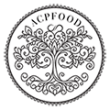
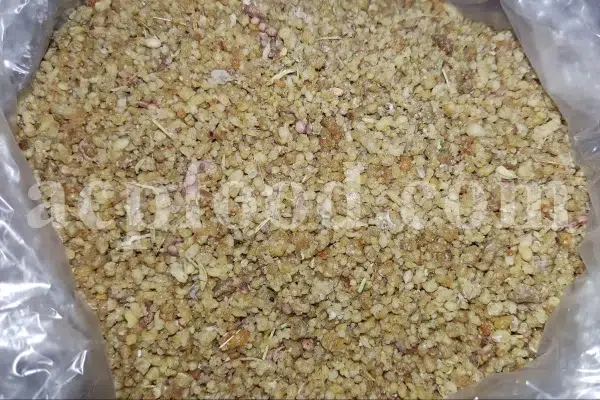
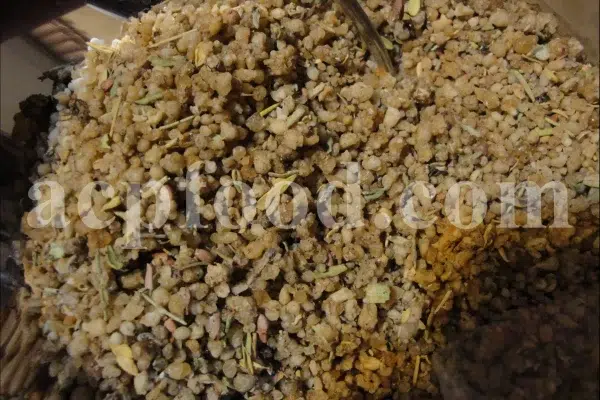
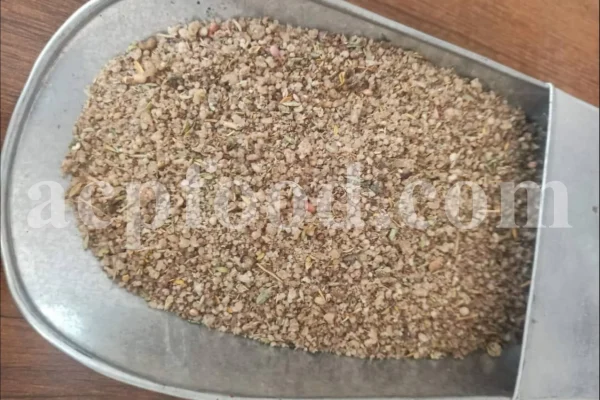
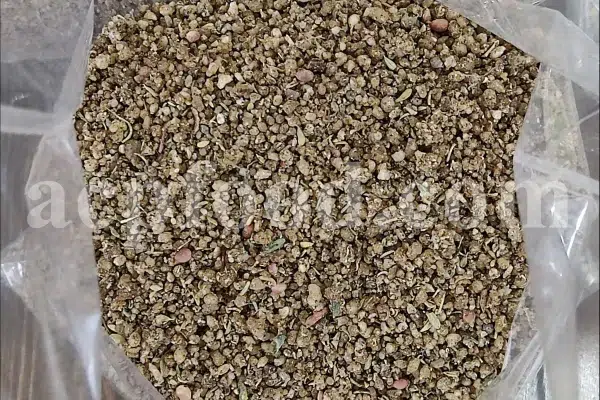
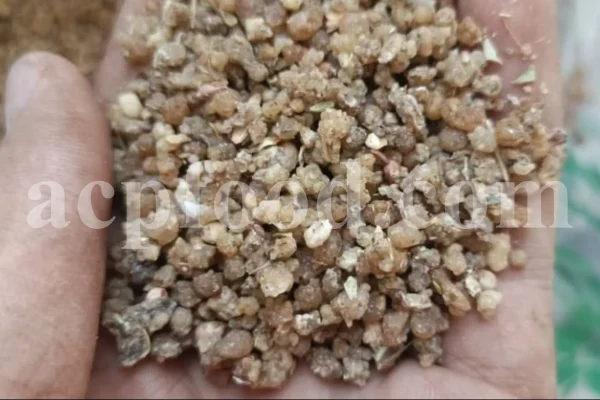
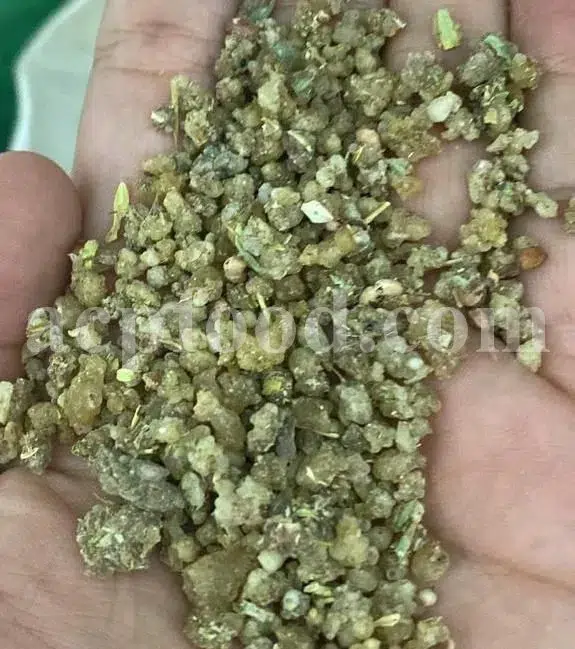
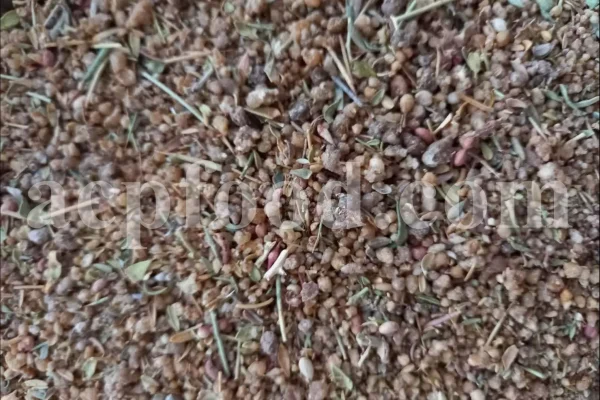
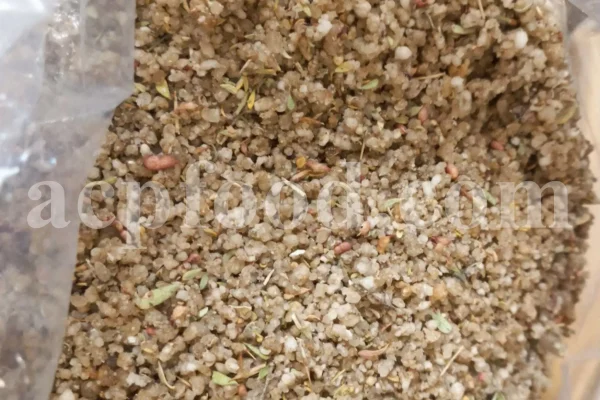
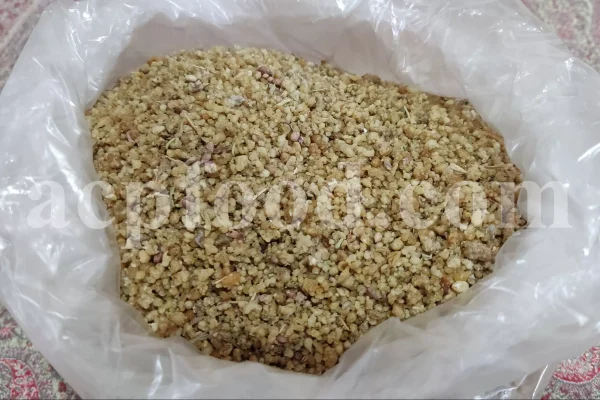
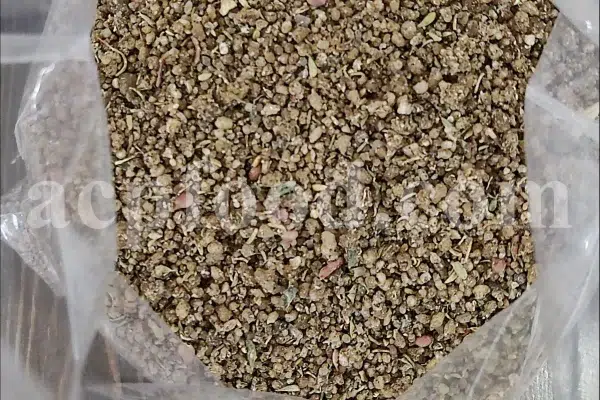
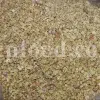
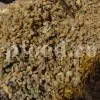
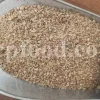
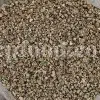
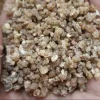
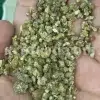
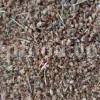
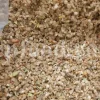
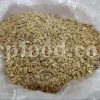
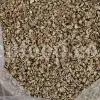
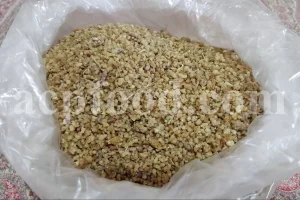
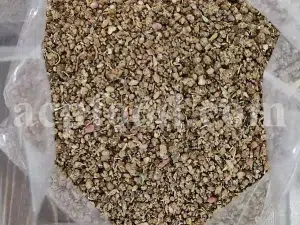
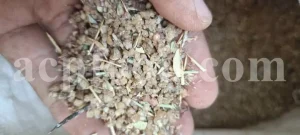
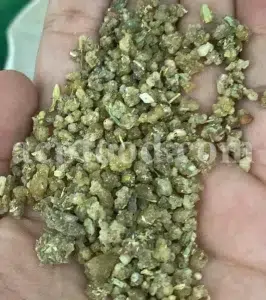
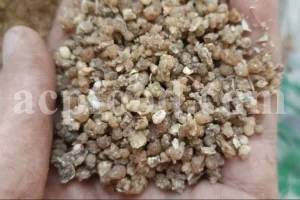
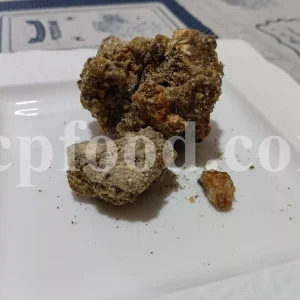
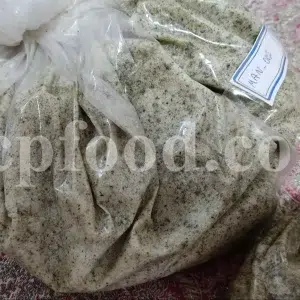
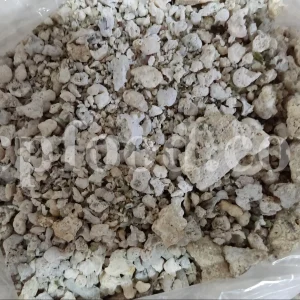
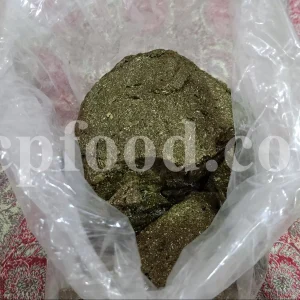
Reviews
There are no reviews yet.